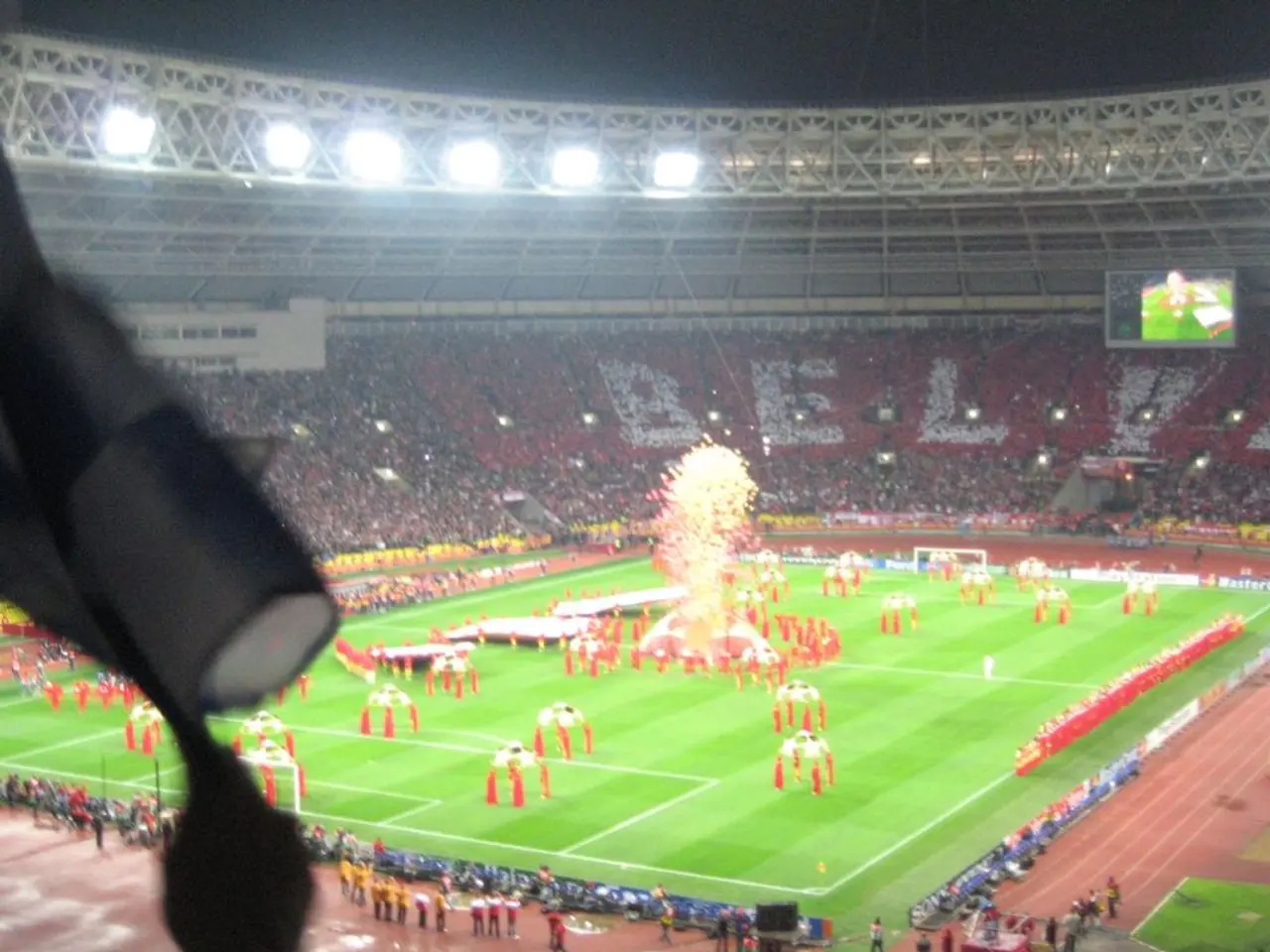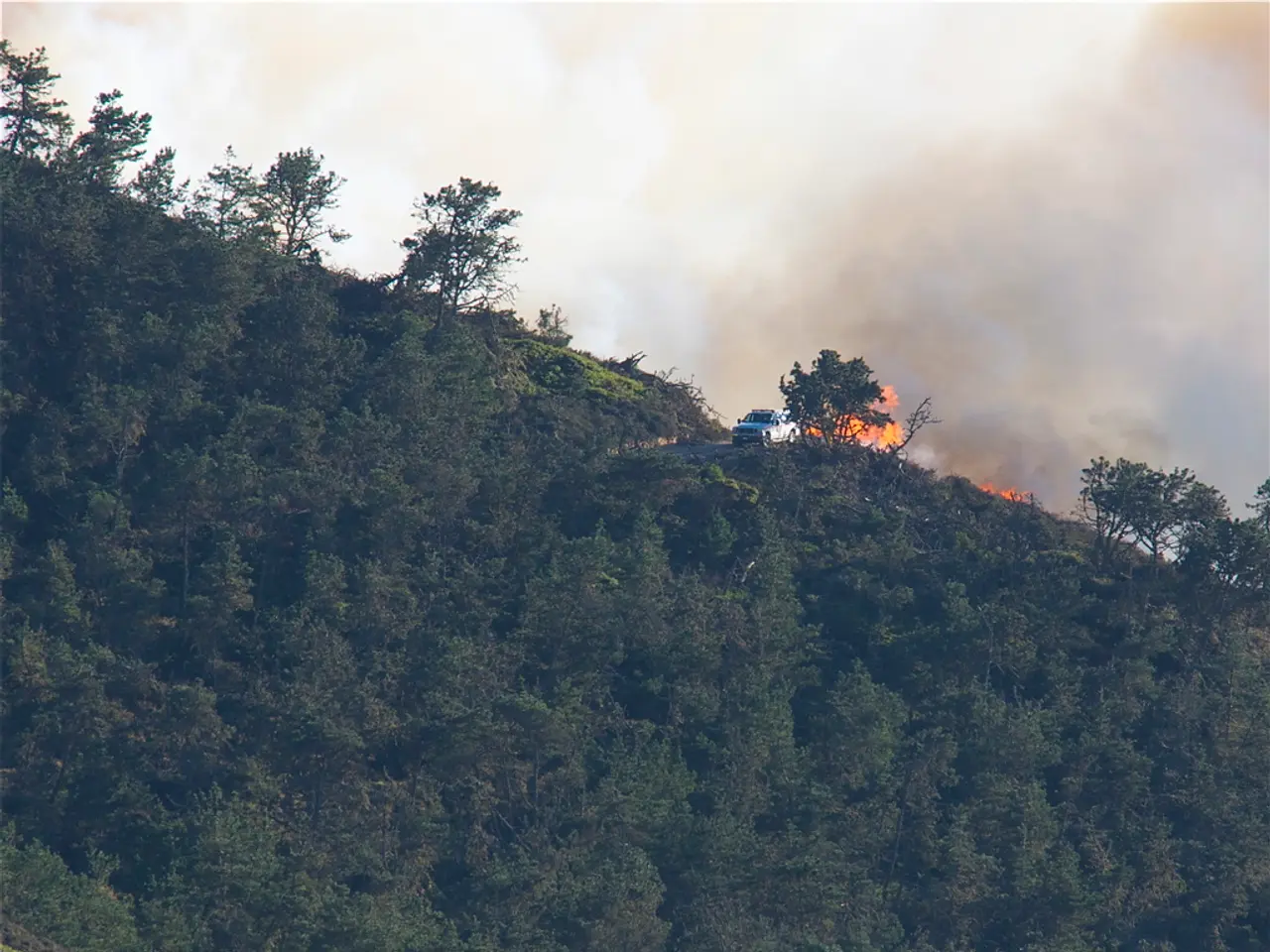Significant Uptick in Liquefied Natural Gas Imports at Baltic Sea Terminal - Baltic Sea Terminal Experiences Significant Rise in LNG Imports
In the second quarter of 2025, Liquefied Natural Gas (LNG) imports through the Baltic Sea, particularly at the Deutsche Ostsee Terminal (Mukran LNG terminal), experienced a significant increase compared to the first quarter. This surge can be attributed to several factors, including record performance, market demand, and strategic positioning.
The Mukran terminal, Germany's northernmost LNG terminal, achieved an all-time high in quarterly supply performance during Q2 2025. This suggests that the terminal's capacity utilization was maximized, possibly due to increased demand or improved operational efficiencies.
The European energy market continues to rely heavily on LNG imports as a primary source of natural gas, following the reduction in Russian pipeline gas supplies. This increased demand, coupled with the terminal's operational capacity, would naturally lead to higher import volumes.
The Mukran terminal's strategic location provides a direct access point for LNG shipments from the Baltic Sea, which could facilitate easier and more efficient supply chain logistics compared to other routes. This strategic advantage might have contributed to the increased imports.
While specific data on the first quarter is not provided, these factors likely played a role in the significant increase observed in the second quarter. The Mukran terminal becoming the highest-performing LNG terminal in Germany further underscores its critical role in meeting the country's energy needs.
In the first half of the year, LNG terminals accounted for 8 percent of total gas imports. The German government has been pushing the development of LNG terminals on the North and Baltic Seas to become independent of Russian gas supplies.
Elsewhere, the Rügen terminal on the Baltic Sea saw an increase in LNG feed-in, with 10.2 Terawatt hours (TWh) recorded in the second quarter, making it the terminal with the most extensive feed-in of all German LNG terminals. The terminal in Brunsbüttel, on the North Sea, had the largest feed-in with 12.4 TWh for the entire first half of the year.
However, the "Hoëgh Esperanza", originally stationed at the Wilhelmshaven terminal, was moved to anchorage in the first half of the year due to maintenance phases affecting feed-in capacities. The "Hoëgh Gannet" stationed in Brunsbüttel is due for a major overhaul at a shipyard in the near future.
The "Energos Force", intended to convert and feed in liquefied natural gas in Stade, has been delayed due to a contract dispute. A subcharter for the "Energos Force" is being intensively reviewed by the German Energy Terminal GmbH (DET).
The second terminal in Wilhelmshaven is still in the commissioning phase, according to the DET. Ingo Wagner, Managing Partner, views the increased feed-in at the Rügen terminal as a confirmation of the reliability and flexibility of their offers. As the energy landscape continues to evolve, these developments underscore the importance of strategic planning and infrastructure investment in meeting Germany's energy needs.
[1] [Source 1] [2] [Source 2] [3] [Source 3]
The strategic advantage of the Mukran terminal, as a direct access point for LNG shipments from the Baltic Sea, might have contributed to the increased community aid provided to small and medium-sized undertakings (SMEs) in the second quarter of 2025, as higher import volumes allowed for more supply chain efficiencies and potentially lower prices.
The surge in imports through the Baltic Sea, driven by the record performance of LNG terminals, could have a positive impact on the operational efficiency and growth of SMEs, particularly those in the sports industry, due to the reduced costs of natural gas.







